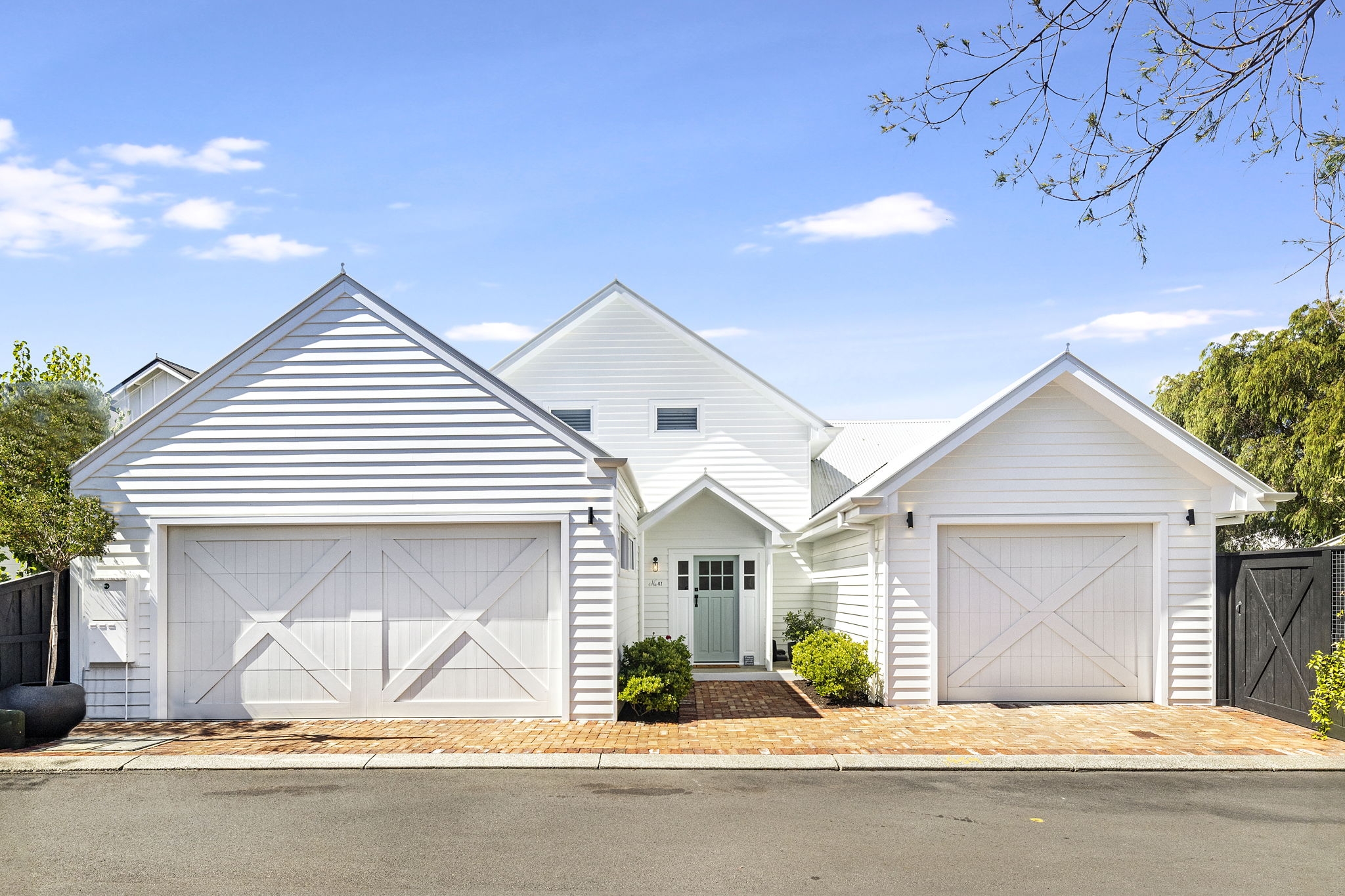For the past 12 months, rents have been rising across Australia’s capital cities. Sydney (12.6%), Brisbane (12.3%), Melbourne (10.8%), Perth (12.8%) and Adelaide (11.8%) all saw double-digit rental growth in the year to 30 March 2023. And far from slowing down, the pace of growth increased over the past quarter, with Sydney (3.4%), Melbourne (3.7%) and Perth (3.6%) recording the biggest rises in asking rents.
One reason for these recent jumps is that rising interest rates have impacted landlords’ budgeting. Many find they need to raise rents on their properties to meet their own mortgage repayments. Those that can’t raise their rent enough - and remember, the 3.5% cash rate hike we’ve seen over the past year equates to as much as an extra $1,100 interest a month on a $600,000 mortgage - may find they’re eventually forced to sell. Other landlords are seeing high interest rates as a time to ‘cash in’ and sell their investment property, diverting any profits into the home loan on their main residence.
However, interest rates are only a small part of the story in our rental markets. Rents are ultimately set by the laws of supply and demand, and most cities currently face a chronic housing shortage. Across the country, vacancy rates are falling to all-time lows. CoreLogic reports that Perth’s vacancy rate now sits at just 0.6% (the lowest it’s been since 1980) and Melbourne’s at 0.7%, with Sydney and Brisbane also sitting around the 1% mark.
With immigration returning to pre-pandemic levels and construction costs putting off developers and even halting some building projects, this looks set to only get worse in the near term. A recent report showed that, at current construction rates, Australia will face a shortage of 106,000 homes by 2027. Failing to build these won’t just lead to tenants being locked out of many rental markets; it will also hamper economic development.
Another reason we’re facing an undersupply is that investor activity has been low for some time. The number of available rental properties has fallen 15% over the past year and 33% over the past five years. There simply aren’t enough landlords renting enough properties to satisfy the demand. Although investors often receive bad press - with some questioning the merits of negative gearing or the CGT discount - the reality is that the private rental market provides much-needed accommodation to more than one-third of all Australians. Without enough rental stock, demand outpaces supply, and prices can only rise higher. It’s becoming a real challenge for tenants in many locations around the country.
In this tight market, our advice is for landlords to be selective in the tenants they choose to fill their properties. Cost of living increases are putting pressure on tenants to keep paying rent, and it’s important to do proper due diligence to make sure your tenants are able to meet future rental payments.
Notable trend: Perth
Perth has seen a marked increase in interstate investors over the last quarter.
Perth’s property prices remain astoundingly affordable compared to other major Australian cities. At $567,111, the median dwelling price is roughly half Sydney’s and 75% of Melbourne’s. Given wages are higher than almost any other city, we expect owner-occupiers will continue to drive up prices as soon as rate rises formally end. We’ve already noticed a marked increase in interstate investors over the last quarter, attracted by the median citywide yield, which now sits at close to five per cent.

41 Lantana Lane, Margaret River. Sold by The Agency WA.